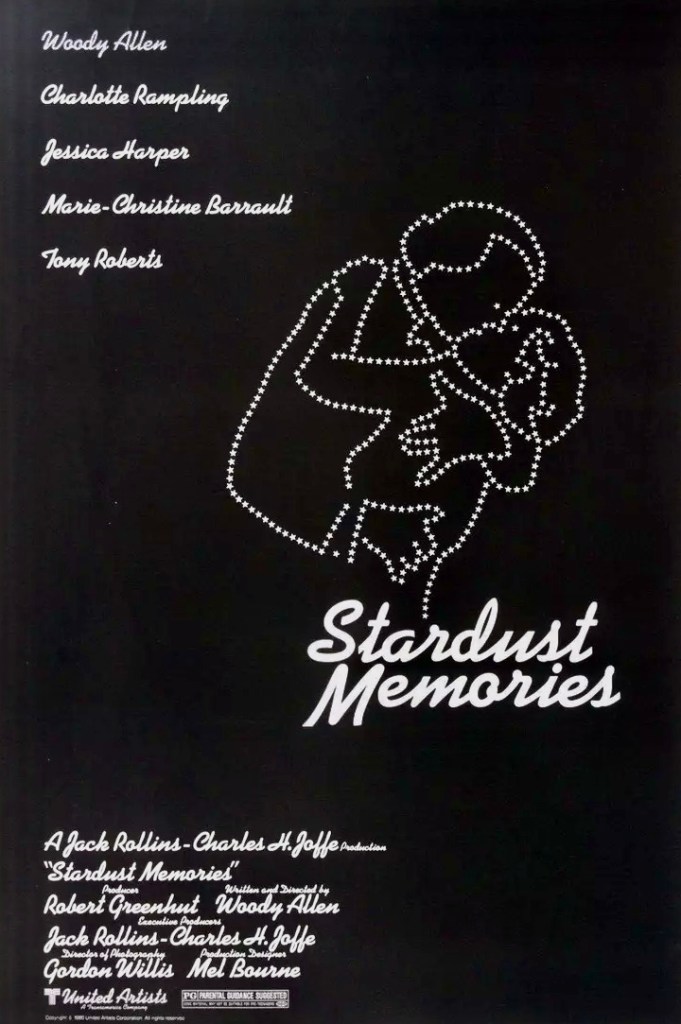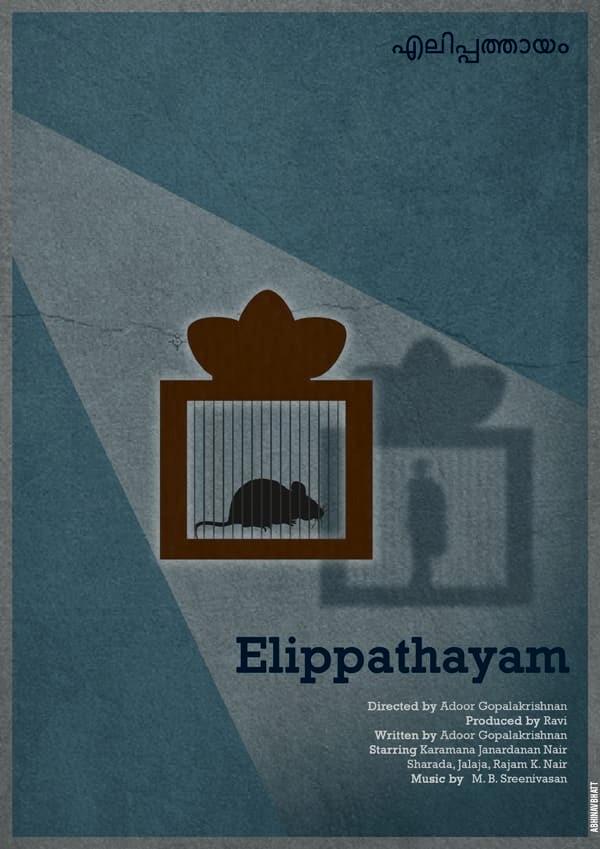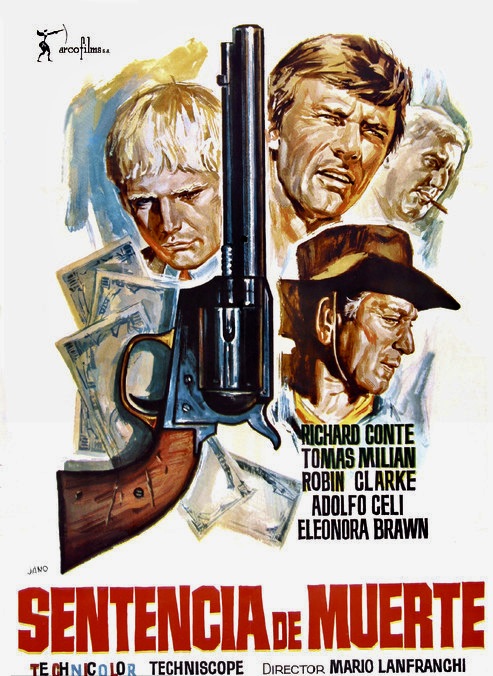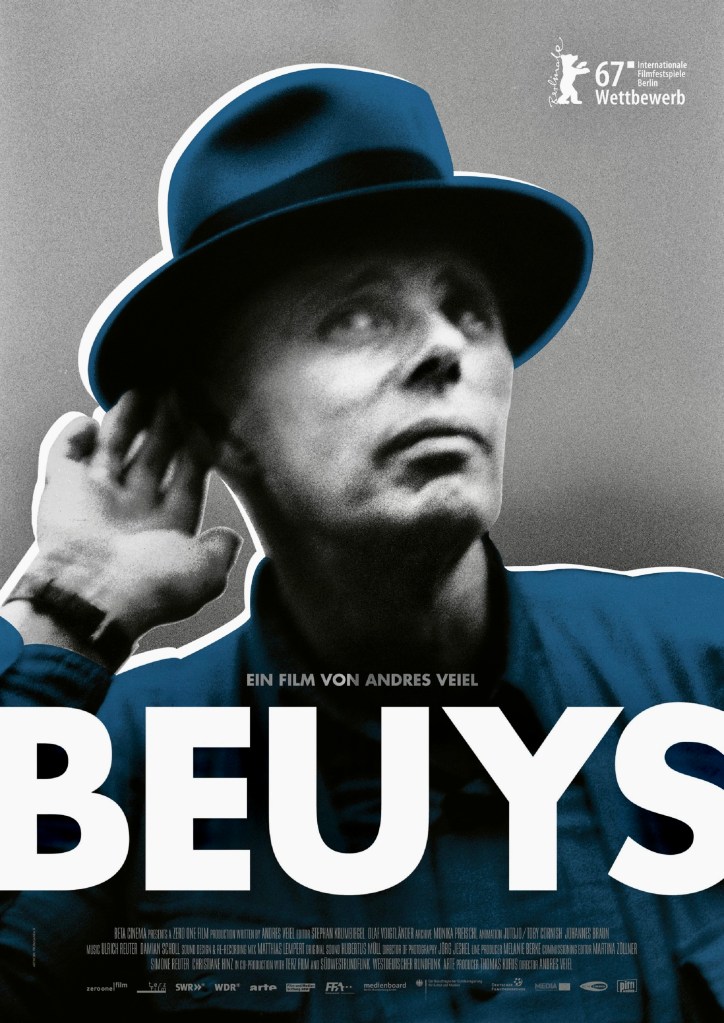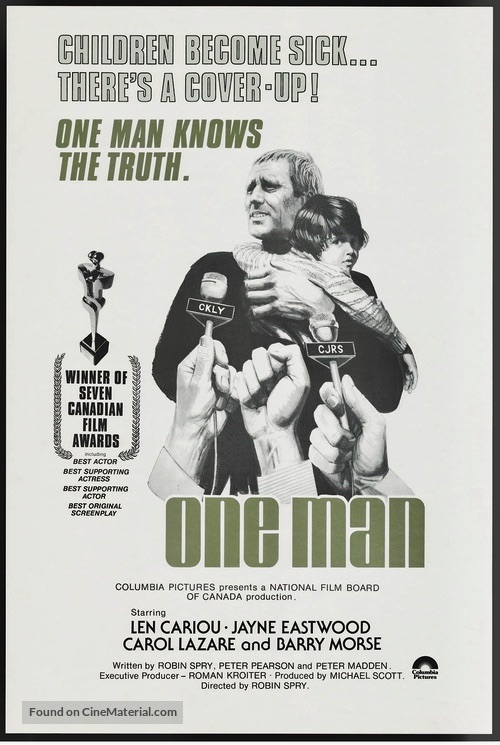After directing more than fifty feature films including the three-part New York Stories (1989) with contributions from Francis Ford Coppola and Martin Scorsese and the re-edited/re-dubbed version of a Japanese spy thriller retitled, What’s Up, Tiger Lily? (1966), Woody Allen has one of the most impressive filmographies of any living director in Hollywood. Regardless of what you think about him as a person due to the controversy that surrounded his marriage to adopted stepdaughter Soon-Yi Previn, one can’t deny all of the critical acclaim he has amassed over the years, which includes 24 Oscar nominations, three of which won the Academy Award for Best Screenplay (Annie Hall, Hannah and Her Sisters and Midnight in Paris). Not all of his films have been box office hits and some have been minor efforts or polarizing like September (1987) or Deconstructing Harry (1997), but the true acid test for any fan or critic who loves Woody Allen movies is Stardust Memories (1980), his most misunderstood and generally maligned tenth feature about the downside of being famous.
Continue readingA Prison of His Own Design
The 1982 Indian film Elippathayam (English title: Rat-Trap) is one of those rare movies where the title has a double meaning – one is literal, the other metaphorical – which the director, Adoor Gopalakrishnan, succeeds in illuminating through a slow, methodical and almost hypnotic visual style that is neither pretentious nor didactic.
Continue readingRevenge in Four Acts
Film historians estimate that probably more than 550 spaghetti westerns were made in Europe (mostly Italy and Spain) during the height of that cinematic craze between 1961 to 1977. More than fifty per cent of those offerings were mostly forgettable programmers or mediocre genre fare or outright junk. And probably less than twenty-five per cent of the movies were high water marks or masterworks such as the Sergio Leone ‘Dollars’ trilogy and Once Upon a Time in the West (1968), Sergio Corbucci’s Django (1966) and The Great Silence (1968) and Sergio Sollima’s The Big Gundown (1967). Yet, there were still more than a handful of spaghetti westerns that were stylish examples of the form or offbeat and imaginative enough to warrant special attention and one of those is Sentenza di Morte (English title: Death Sentence, 1968), directed by Mario Lanfranchi.
Continue readingArtist, Prankster and German Visionary
As 2017 drew to a close, Hollywood studios and independent film distributors raced to release their best movies in order to qualify for Oscar consideration. The documentary category in particular was unusually strong that year with such critically acclaimed contenders as JR & Agnes Varda’s Faces Places, Ai Weiwei’s Human Flow and Errol Morris’s The B-Side: Elsa Dorfman’s Portrait Photography. Mostly overlooked among the many offerings, however, was a remarkably diverse portrait of the artist Joseph Beuys (1921-1986) from Germany entitled Beuys (2017), directed by Andres Veiel.
Continue readingThe Sniper’s Conundrum
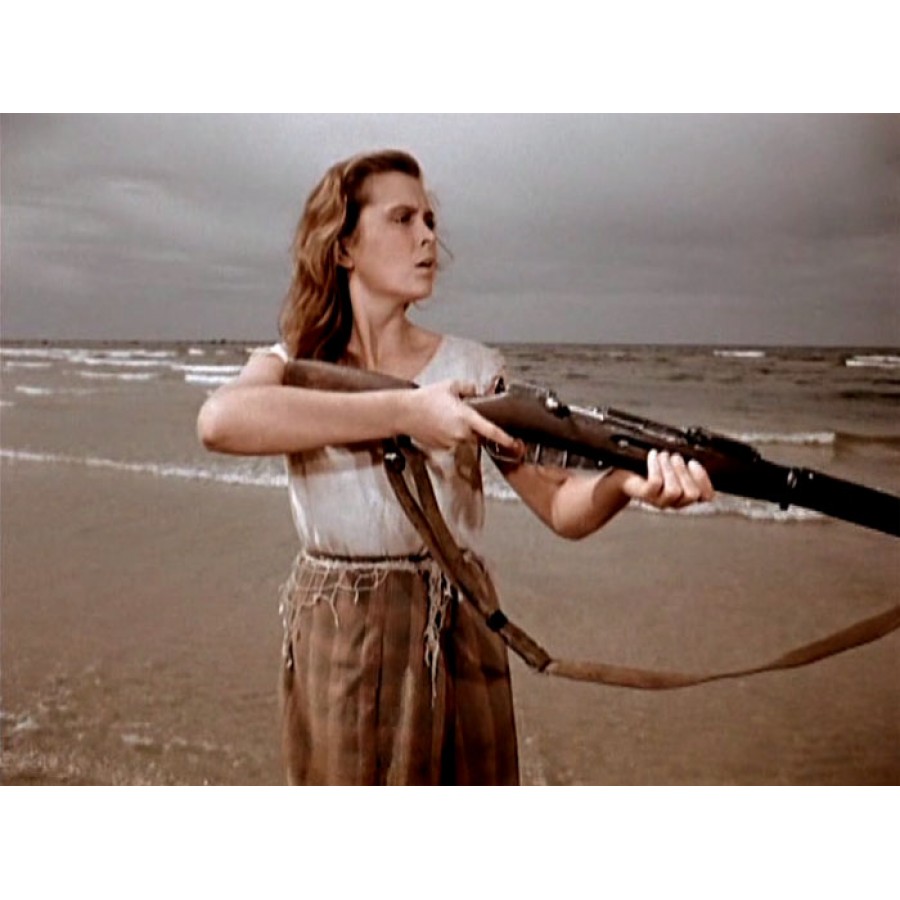
After the death of Soviet premier Joseph Stalin in 1953, Russia began to experience a less repressive period in the arts, especially the cinema, which had previously been used for mostly propaganda purposes. During this brief period, which flourished between 1953 and 1967, Russian filmmakers were allowed to explore the artistic possibilities of the medium, resulting in a number of cinematic masterpieces which enjoyed international distribution, even in the U.S. Among the more famous of examples from the “Cinema of the Thaw” (as it came to be called) are Sorok Pervyy (The Forty-First, 1956), Letyat Zhuravli (The Cranes are Flying, 1956), the historical epic, Tikhiy Don (And Quiet Flows the Don (1957), Don Kikhot (Don Quixote, 1957), The Idiot (1958), based on the novel by Fyodor Dostoevsky, and Ballada o Soldate (Ballad of a Soldier, 1959). The latter film, in particular, which won a special award for director Grigori Chukhrai at the Cannes Film Festival, is still considered a high water mark for Soviet cinema in the 50s but it is Chukhrai’s debut film, The Forty-First, which launched the director’s career and is in danger of being forgotten.
Continue readingMemories of the 2011 TCM Classic Film Festival
*This article originally appeared on Movie Morlocks, Turner Classic Movies’s official blog in May 2011 (The blog was discontinued years ago and is no longer available available)
In the event-packed hurly burly of TCM’s second annual Film Festival in Los Angeles from April 28-May 1 of 2011, I didn’t have a chance to blog about all of the films or attending guests that I saw but here are a few that linger in the memory and deserve to be singled out –cinematographer/director Haskell Wexler, who participated in a Q&A with Leonard Maltin before a screening of Who’s Afraid of Virginia Woolf?(1966), Hayley Mills, who appeared after a screening of Whistle Down the Wind (1961) with interviewer/author Cari Beauchamp, a midnight screening of The Mummy (1932) introduced by Boris Karloff fan Ron Perlman, Buster Keaton’s The Cameraman (1928) accompanied by a live orchestra score by Vince Giordano and His Nighthawks, the MoMA restoration print showing of 1933’s Hoopla (Clara Bow’s final film) and the underrated Ernst Lubitsch Pre-Code delight Design for Living (1933).
Continue readingLike a Bull in a China Shop
In 2016 the Cohen Media Group released My Journey Through French Cinema, written and directed by Bertrand Tavernier. It was not a traditional survey of French Cinema but a much more idiosyncratic and personal look at favorite films and directors from France in the eyes of Tavernier. In this way, it seemed inspired by Martin Scorsese’s 1999 documentary on Italian cinema, My Voyage to Italy, which shined a light on forgotten and underrated movies that deserved re-evaluation. Tavernier certainly covered some landmarks of French cinema in his overview but he also devoted time to specific directors like Jacques Becker and Jean-Pierre Melville while including favorite film composers and cinematographers as well. Some of Tavernier’s choice were fascinating obscurities and others were grade-B genre films that were so stylish and well-made that they served as superior examples of their craft such as Edmond T. Greville’s Le Diable Souffle aka Woman of Evil (1947) and Gilles Grangier’s Hi-Jack Highway aka Gas-Oil (1955). I was especially intrigued by film clips from the crime thriller Ca Va Barder (1955), which was directed by blacklisted American director John Berry (it was his first credited feature in France) and starred expatriate American actor Eddie Constantine as two-fisted itinerant adventurer Johnny Jordan. His rough and tumble character is as disruptive as a bull in a china shop.
Continue readingRupert Pupkin’s Stand-Up Act
Some movies are prescient or ahead of their time but audiences and film critics often don’t notice until many years after the original release. Sidney Lumet’s Network (1976), written by Paddy Chayefsky, is one example, but so is The King of Comedy (1983), which unlike Network, was a major box office bomb for director Martin Scorsese and received mixed reviews from the critics. Yet, it seems more relevant than ever about the cult of celebrity and the public’s obsession with the rich and famous. Although The King of Comedy was promoted as a comedy, some critics and moviegoers found the film too dark and disturbing and felt Rupert Pupkin, the title character, was just as delusional and dangerous in his own way as Travis Bickle, the anti-hero of Scorsese’s Taxi Driver (1976).
Continue readingSatyajit Ray’s Days and Nights in the Forest
Four carefree middle class bachelors from Calcutta journey deep into the bucolic countryside for a break from city life and to enjoy drinking and partying with the local native women. What they end up experiencing in this unfamiliar locale is both a reflection of their own ignorance and colonialist attitudes inherited from their former British occupiers about the lives of people in rural India. This is the basic premise of Ananyer Din Ratri (English title: Days and Nights in the Forest, 1970), which many film scholars and critics consider a mid-career masterpiece from director Satyajit Ray. Admirers of the movie also cite the plays of Anton Chekhov and the films of Jean Renoir, especially his 1946 short Partie de Campagne (English title, A Day in the Country) as distinct influences on this social comedy with its amusing and sometimes harsh observations about human foibles and cultural differences.
Continue readingFight the Power
People can complain about the seventies all they want but it was a watershed decade in terms of launching new film genres like disaster movies (Airport, Earthquake, The Towering Inferno), Blaxploitation (Sweet Sweetback’s Baadasssss Song, Shaft, Superfly), conspiracy thrillers (Executive Action, The Parallax View, Three Days of the Condor), Eco-horror/sci-fi (Frogs, Night of the Lepus, Soylent Green) and slasher flicks (Black Christmas, Friday the 13th, Halloween). Arriving later in the decade was the environmental drama as represented by The China Syndrome (1979) and other films that addressed the dangers of nuclear power, man-made toxins and air pollution. Interestingly enough, one of the first movies to address the lethal health hazards of air pollution in the guise of an investigative thriller came from Canada entitled One Man (1977). It was produced by the National Film Board of Canada, directed and co-written by Robin Spry and featured Len Cariou in the leading role of a television reporter who is threatened by a powerful corporation over a controversial news story
Continue reading
